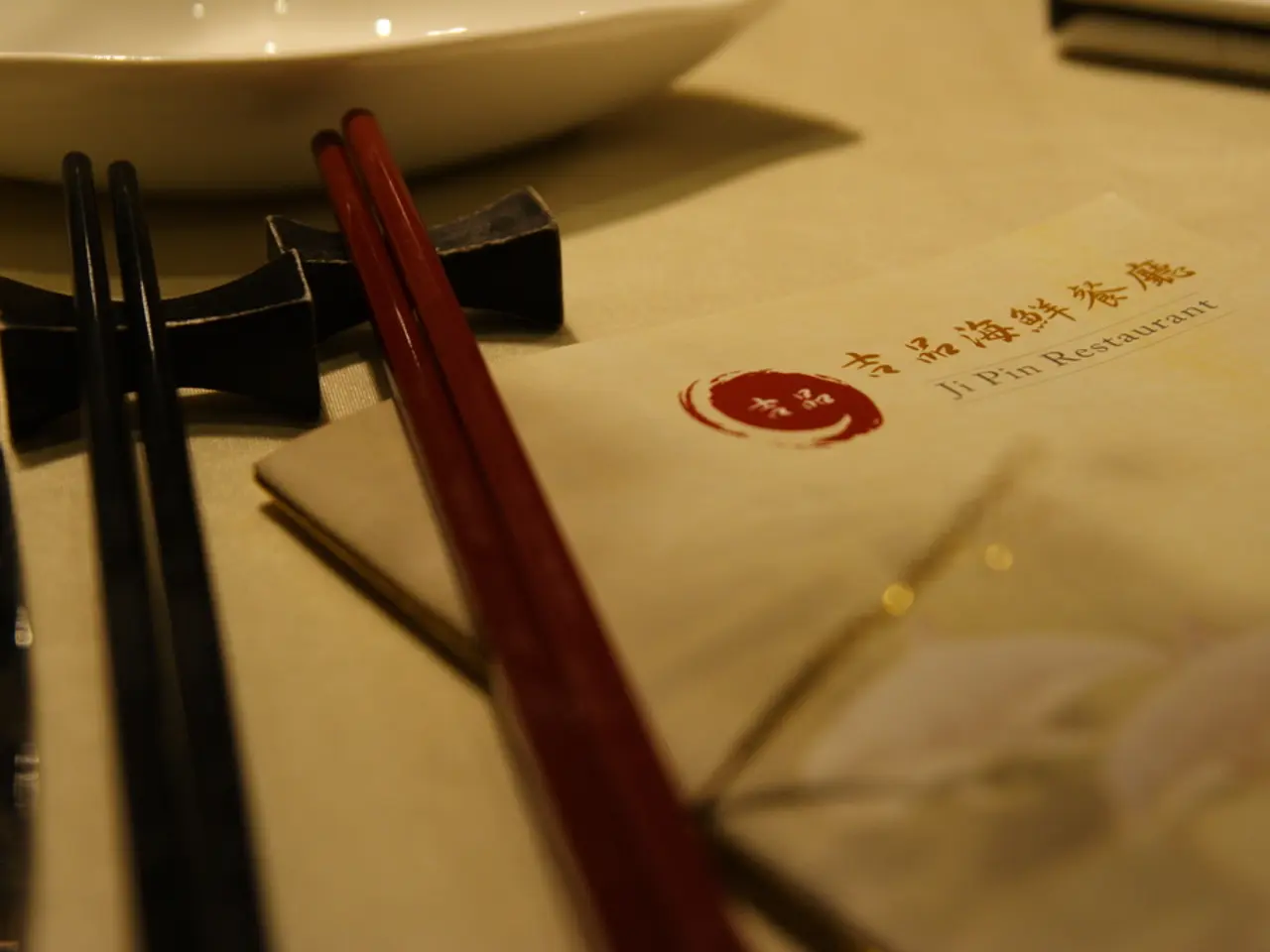Pricing Strategies for Premium Fashion Brands: A Comprehensive Handbook for Up-and-Coming Designers
Luxury Fashion Brands Employ Strategic Pricing for Success
In the world of luxury fashion, pricing is more than just a number. It's a strategic tool that luxury brands wield with precision to communicate value, protect brand prestige, and sustain business resilience.
Reflecting Product Quality
Luxury brands price their products to signal superior craftsmanship, materials, and timeless design. A high price needs to be seen as 'earned' through tangible attributes like traceability of materials and ethical manufacturing. For instance, a slow fashion brand charging $400 for a blazer emphasizes quality, ethical wages, and limited production runs, making the price feel justified and prestigious.
Brand Positioning and Exclusivity
Pricing is a fundamental indicator of a luxury brand’s positioning. High prices communicate exclusivity and identity. Luxury brands like Chanel or Hermès use prices not to compete on cost but to uphold a narrative of elite status and rarity. Hermès strategically raises prices to maintain global consistency and prevent arbitrage, reinforcing its premium positioning.
Emotional Experience and Value Communication
Luxury pricing also frames an emotional experience—customers pay for the feeling of uniqueness, heritage, and personal identity. Psychological pricing techniques such as price framing enhance how customers perceive value. For instance, emphasizing savings, added benefits, or limited availability can make a price feel more justified, improving consumer trust and willingness to pay.
Sustainability of Business
Beyond signaling value, luxury brands sustain their business by adapting prices to external pressures (like tariffs) without diluting brand equity. Hermès passed on U.S. tariff costs to consumers while maintaining consistent global pricing, preserving margins and ensuring resilience during economic volatility.
Alignment Across Product, Story, and Marketing
A high price strategy only succeeds if it aligns with the product experience and communicated brand story. Without credible narrative or superior product feel, high prices can backfire, leaving consumers skeptical or feeling they are being overcharged.
Different Sales Strategies and Their Impact on Pricing
Different sales strategies, such as direct-to-consumer, can affect pricing. Direct-to-consumer means owning your own sales process, with the benefit of retaining the full pricing margin, but also taking on the additional costs of marketing and fulfillment.
Perceived Value and the Luxury Market
In the luxury market, perceived value plays a significant role. A high price signals status, exclusivity, and the idea that the product is worth investing in. The keystone markup is an industry standard where COGS is multiplied by 2-2.5x to get the wholesale price, and then multiplied by 2x to get the estimated retail price.
Maintaining Scarcity and Exclusivity
Planning for sales, exclusives, and capsule drops can help maintain the scarcity and exclusivity of luxury items. However, care must be taken to avoid alienating early customers with excessive pricing. Adjusting pricing as your brand grows is important to account for increased costs and to ensure customers have time to adjust.
Understanding Customer Psychology
Pricing without understanding customer psychology can lead to pricing mistakes. Concepts to understand include price anchoring, tiered pricing, and exclusivity pricing. Psychological pricing strategies can be effective, such as introducing a "premium anchor" or using contrasting pricing to change how customers perceive pricing.
Consistency is Key
Consistency in pricing is key, aligning with the materials used, the branding employed, and the customer experience. Wholesale means selling to boutiques or department stores at a lower price point, retaining the burden of marketing and fulfillment for the retailers.
In essence, luxury fashion brands use pricing as a precise strategic tool that integrates cost structures, quality signals, brand story, consumer psychology, and market positioning to maintain exclusivity, emotional appeal, and long-term business health while effectively communicating product value.
- The slow fashion brand, by charging $400 for a blazer, emphasizes quality, ethical wages, and limited production runs, ultimately making the price feel justified and prestigious.
- Hermès strategically raises prices to maintain global consistency and prevent arbitrage, reinforcing its premium positioning in the fashion-and-beauty business.
- A high price strategy in the luxury market signals status, exclusivity, and the idea that the product is worth investing in, as per the keystone markup industry standard.
- Adjusting pricing as your brand grows is important to account for increased costs and to ensure customers have time to adjust, without alienating early customers with excessive pricing.




